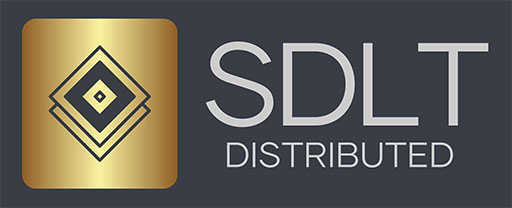
Fed’s Waller outlines complementary public and private roles in payments innovation | JD Supra
On September 29, Fed Governor Christopher Waller discussed the evolving landscape of payments and the need for both the private and public sectors to play “complementary” roles in fostering innovation and efficiency in the payments space. Waller discussed how new technologies, including stablecoins, distributed ledger technology (DLT), and AI have been driving advances in payments and contended how the private sector was best positioned to allocate resources, manage risk, and translate technical expertise into practical improvements in payments.
In his remarks, Waller described the Fed’s role as one of supporting the private sector where appropriate, including by convening stakeholders to address coordination challenges, providing “regulatory clarity” within its purview, and operating payment and settlement infrastructure. He noted that the Fed was engaged in research on tokenization, smart contracts, and AI to understand their impact on private-sector innovation in payments and to identify opportunities to enhance the Fed’s own systems.
Waller emphasized the potential for stablecoins and DLT to lower costs by improving efficiency and expanding access to payment services, particularly for cross-border transactions and remittances. He stressed that this was contingent on the extent of interoperability both between distinct DLT networks and “traditional payment rails,” which Waller connected to the need for collaboration on “standards, cybersecurity, and risk management” to ensure that innovation is accompanied by safety and resilience.
